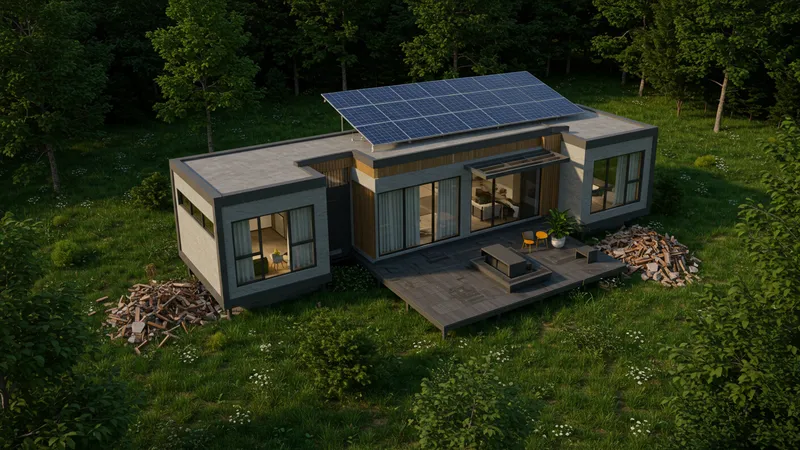
Innovative Solutions For Real Estate: Customer Management Software And Prefabricated Buildings
The Hidden Advantages of Prefab Structures
Prefabricated buildings are not just about speed. They provide an unprecedented level of energy efficiency that traditional construction cannot match. Thanks to precision manufacturing and sustainable materials, these buildings can reduce energy consumption by 30%. Yet, it’s their potential for customization that really sets them apart. Unlike the cookie-cutter perception, some companies now offer tailored designs to meet specific aesthetic and functional needs. This completely shifts the narrative. But there’s one more twist…

What makes prefab structures even more attractive is their environmental impact. Reduced construction waste is a significant advantage, with some projects cutting waste by as much as 75%. This eco-friendliness is appealing not only to developers but also to eco-conscious buyers looking for sustainable living solutions. The shift towards greener methods in real estate is not just a trend, but a movement gaining momentum. What you read next might change how you see this forever.
Cost-effectiveness is another factor that is hard to ignore. Prefabricated solutions significantly lower construction costs due to minimal labor and material expenses. Even unforeseen nuances like reduced site disruption and softer diplomatic negotiations with community boards play a crucial role. These savings make real estate projects not only viable faster but also open them up to a broader market segment. But there’s one more twist…
Interestingly, the adaptability of prefab buildings ensures they can handle more than just residential projects. From commercial spaces to educational institutions, their versatility is remarkable. Coupled with technological advancements in smart facilities, prefabricated multi-functional structures stand ready to cater to an evolving society’s demands. But the synergy goes even deeper.